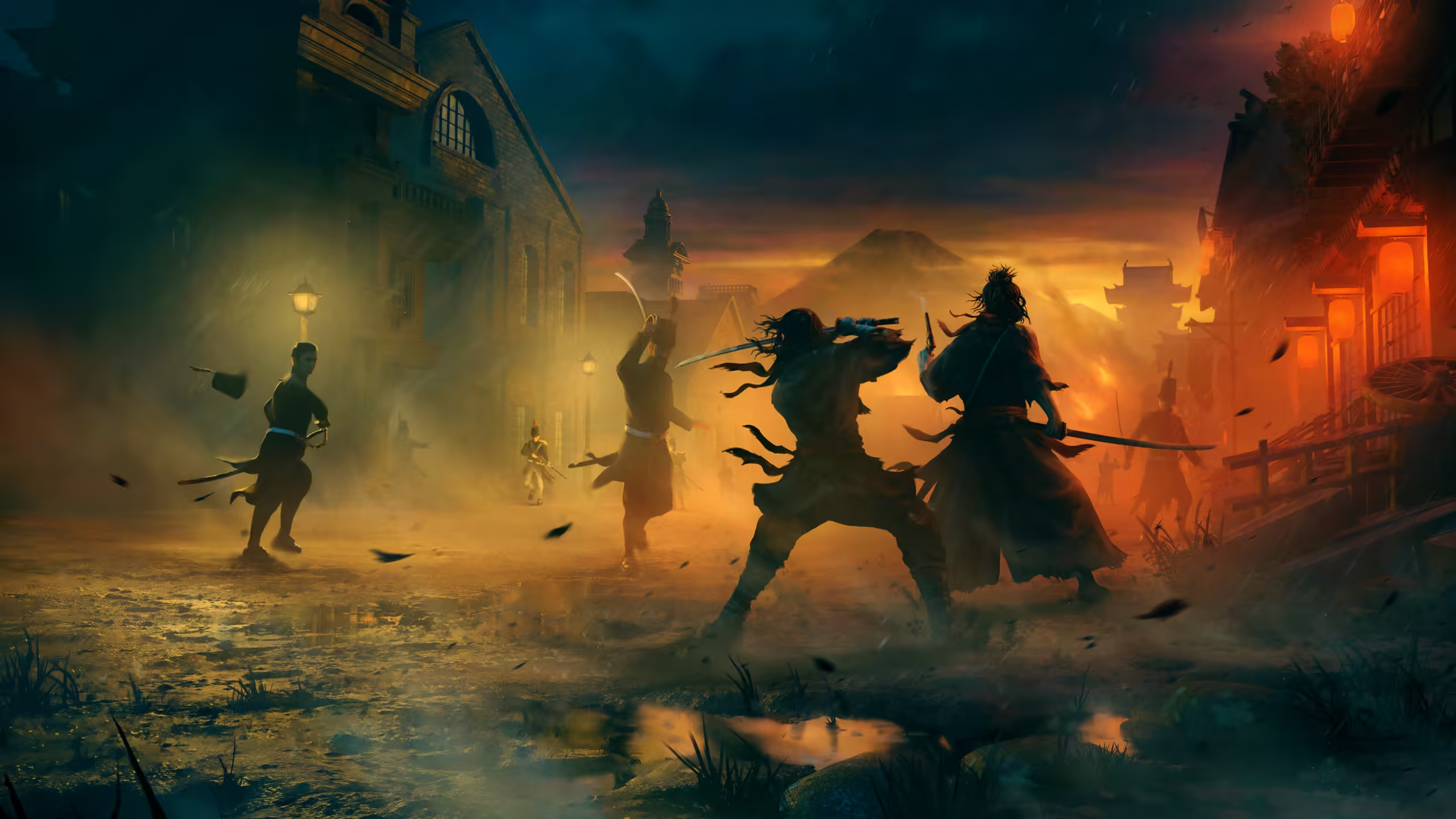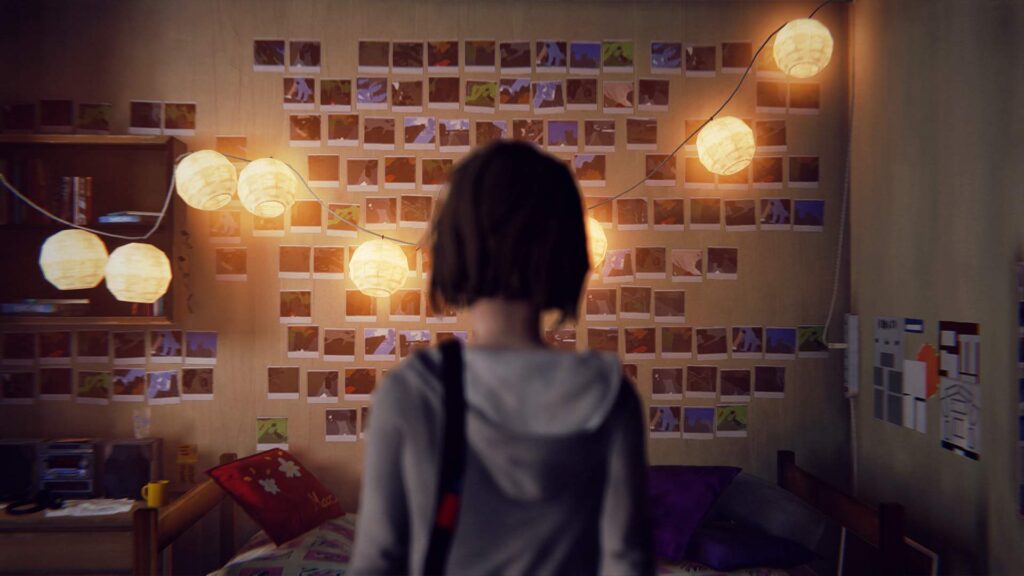In the ever-evolving landscape of video games, especially on next-gen consoles, “Rise of the Ronin” emerges as a sophisticated piece of artistry and technological prowess. Developed by Team Ninja and published by Sony Interactive Entertainment, this action RPG is set against the historically rich backdrop of Japan’s Bakumatsu period—a time of great social and political upheaval. As a PS5 exclusive, “Rise of the Ronin” leverages the console’s next-gen capabilities to deliver an unparalleled experience in terms of narrative depth, gameplay mechanics, and technical achievement. This article delves into the intricate aspects of “Rise of the Ronin,” offering a detailed analysis of its storyline, game dynamics, and the innovations that contribute to its technical brilliance.

Storyline: A Nuanced Portrayal of the Bakumatsu Era
“Rise of the Ronin” is a narrative tapestry woven with historical authenticity and creative liberty, focusing on the latter years of the Edo period, specifically the Bakumatsu era. This period is characterized by the collapse of the Tokugawa shogunate and the transition to the Meiji Restoration.
The Protagonist: A Masterless Samurai’s Journey
The central figure of “Rise of the Ronin” is a ronin—an itinerant samurai without a master—whose personal journey reflects the broader historical transformations occurring in Japan. The protagonist’s narrative is not merely a backdrop for action but a deeply interwoven exploration of identity, honor, and adaptation. The developers have crafted a complex character who must navigate conflicting allegiances and moral quandaries, mirroring the sociopolitical turbulence of the time. This character study is enhanced through sophisticated dialogue systems and branching narrative paths that offer players a deeper engagement with the protagonist’s internal and external struggles.

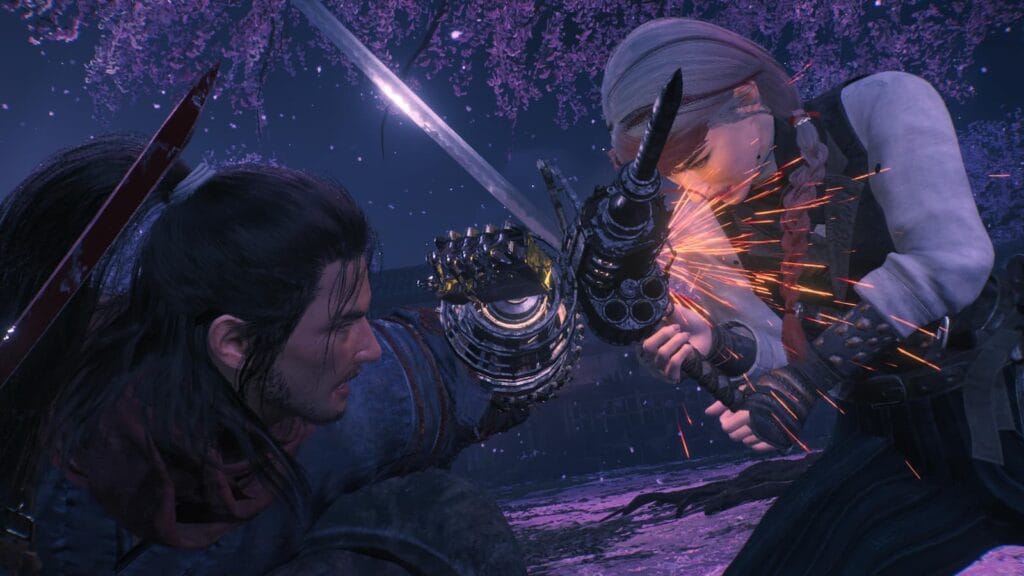
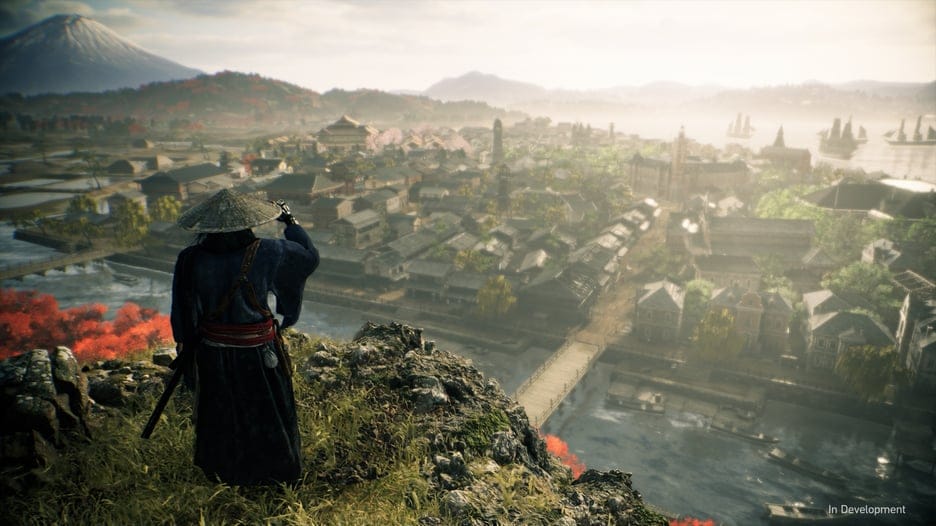
Historical and Fictional Fusion
The game meticulously integrates historical elements with fictional storytelling. Key historical figures such as Sakamoto Ryoma and figures representing various factions like the shogunate and imperial loyalists are portrayed with historical accuracy, while the game also introduces fictional characters and scenarios to enrich the narrative. This fusion allows players to experience a nuanced view of history while still engaging in imaginative storytelling. The game’s setting—ranging from the bustling streets of Kyoto to the remote mountains of the Japanese countryside—provides a richly detailed and authentic representation of the era, underpinned by extensive research and attention to historical detail.
Game Dynamics: Innovative Mechanics and Player Agency
“Rise of the Ronin” distinguishes itself through its innovative gameplay mechanics, which are deeply intertwined with the historical context and the game’s narrative structure.
Combat System: A Synthesis of Tradition and Modernity
The combat system in “Rise of the Ronin” is a sophisticated blend of traditional samurai combat and modern firearm mechanics. The melee combat is characterized by a complex system of stances and techniques. Players can switch between high, mid, and low stances, each offering different attack and defense options. This mechanic is reflective of traditional Japanese swordsmanship and adds a layer of tactical depth to encounters. The incorporation of firearms, a relatively new technology during the Bakumatsu period, introduces a strategic dimension to battles. The duality of sword and gun combat necessitates a nuanced approach to each encounter, encouraging players to adapt their strategies based on the weapons and enemies they face.

Open World Exploration: Immersive and Interactive Environments
The open world in “Rise of the Ronin” is a meticulously crafted simulation of 19th-century Japan. This world is not merely a backdrop but a living, breathing environment that reacts to the player’s actions. The game features a dynamic weather system and day-night cycles, which affect gameplay and narrative events. For instance, certain quests and activities are only available during specific times of day or under particular weather conditions.
Interactive elements in the world—such as NPCs with their own schedules and routines—further enhance the sense of immersion. Players can engage in various side quests that range from assisting local villagers to uncovering hidden secrets, each contributing to the world’s depth and richness. The open world’s design encourages exploration and interaction, with the environment itself becoming a character in the narrative.
Character Progression and Customization: Depth and Flexibility
Character progression in “Rise of the Ronin” is highly customizable, allowing players to tailor their experience to their preferred playstyle. The skill tree is divided into various branches, including combat, stealth, and diplomacy. Each branch offers unique abilities and enhancements, providing players with multiple paths to develop their ronin.
The progression system is not limited to skills alone but also includes equipment and gear customization. Players can upgrade and modify weapons and armor, adapting their loadout to different combat scenarios. This customization is integral to the gameplay, as players must frequently adjust their strategies based on the evolving threats they encounter.
Innovations and Technical Excellence: Pushing the Boundaries of PS5 Technology
“Rise of the Ronin” is a testament to the capabilities of the PS5, showcasing advancements in graphics, performance, and immersive technology.

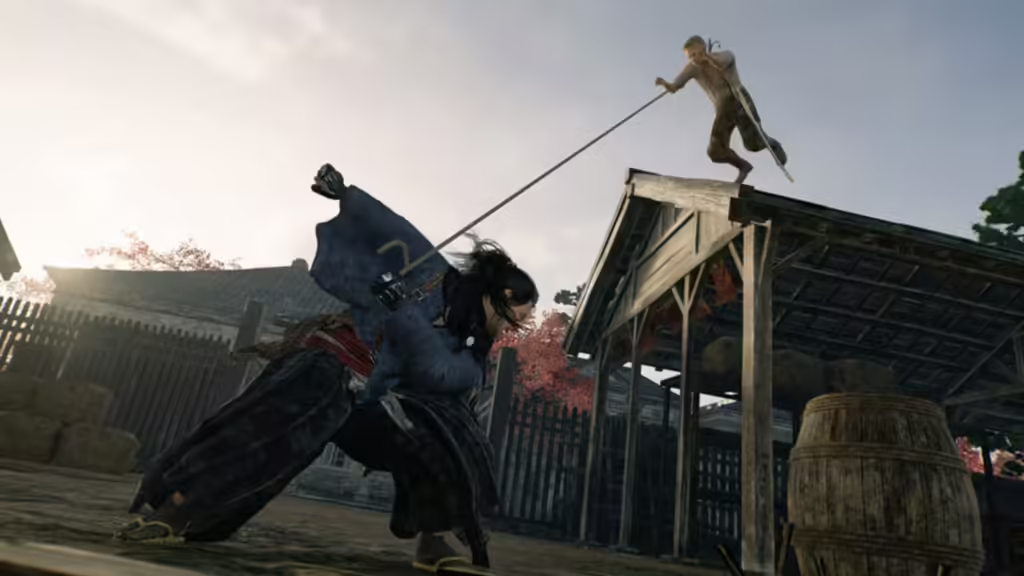

Graphical Fidelity and Visual Realism
The visual presentation of “Rise of the Ronin” is a standout feature, leveraging the PS5’s advanced hardware to deliver remarkable graphical fidelity. The game employs ray tracing to enhance lighting and reflections, creating a more realistic and immersive visual experience. The meticulous attention to detail in environmental design—ranging from the intricate textures of traditional Japanese architecture to the lifelike depiction of natural landscapes—adds to the game’s overall realism.
The use of high-resolution textures and advanced shading techniques further contributes to the visual richness. The PS5’s hardware enables these high-quality visuals to be rendered with fluidity, maintaining a consistent frame rate even in the most graphically demanding scenes.
Performance and Load Times
The PS5’s SSD technology significantly reduces load times, ensuring that players experience minimal interruptions as they transition between different areas of the game world. This fast loading contributes to a seamless experience, allowing players to immerse themselves fully in the game without the distraction of lengthy wait times. The high frame rate, achieved through the PS5’s powerful GPU, ensures smooth and responsive gameplay, which is particularly crucial during fast-paced combat sequences.
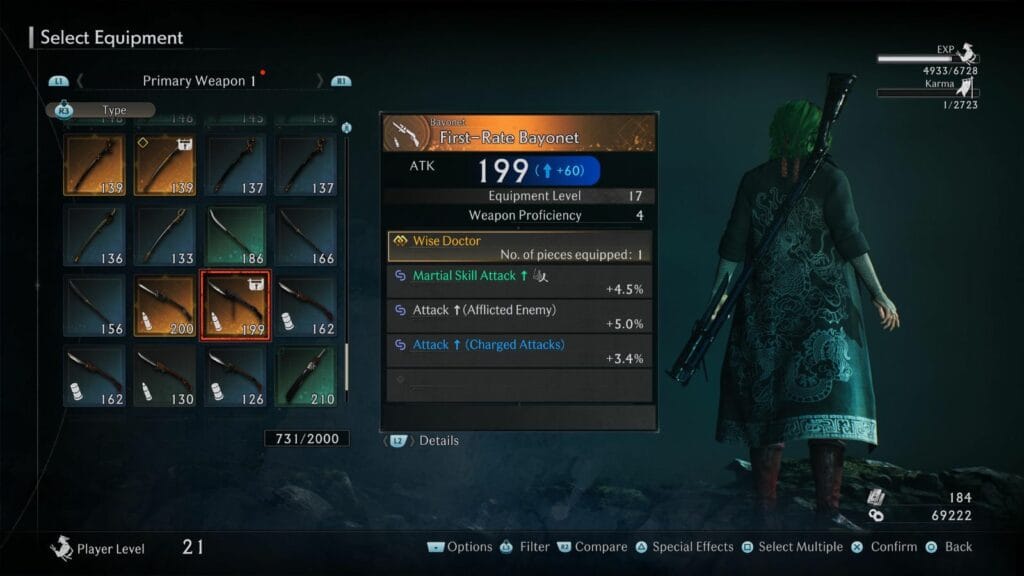
Adaptive Triggers and Haptic Feedback
The DualSense controller’s adaptive triggers and haptic feedback are utilized effectively in “Rise of the Ronin” to enhance the sensory experience. The adaptive triggers provide varying levels of resistance based on the actions being performed, such as drawing a bow or firing a firearm. This feature adds a tactile dimension to the gameplay, making the combat feel more immediate and engaging.
Haptic feedback is employed to simulate different sensations, such as the impact of a sword strike or the subtle vibrations of footsteps on different surfaces. This feedback contributes to a heightened sense of immersion, allowing players to feel more connected to the game world and its events.
3D Audio: Enhancing the Auditory Experience
The implementation of 3D audio in “Rise of the Ronin” adds a crucial layer of depth to the auditory experience. The game’s sound design employs spatial audio techniques to create a realistic and immersive soundscape. Players can discern the direction and distance of various sounds, such as the rustle of leaves or distant combat noises. This spatial awareness enhances the gameplay, particularly in stealth and combat scenarios, where auditory cues play a critical role.
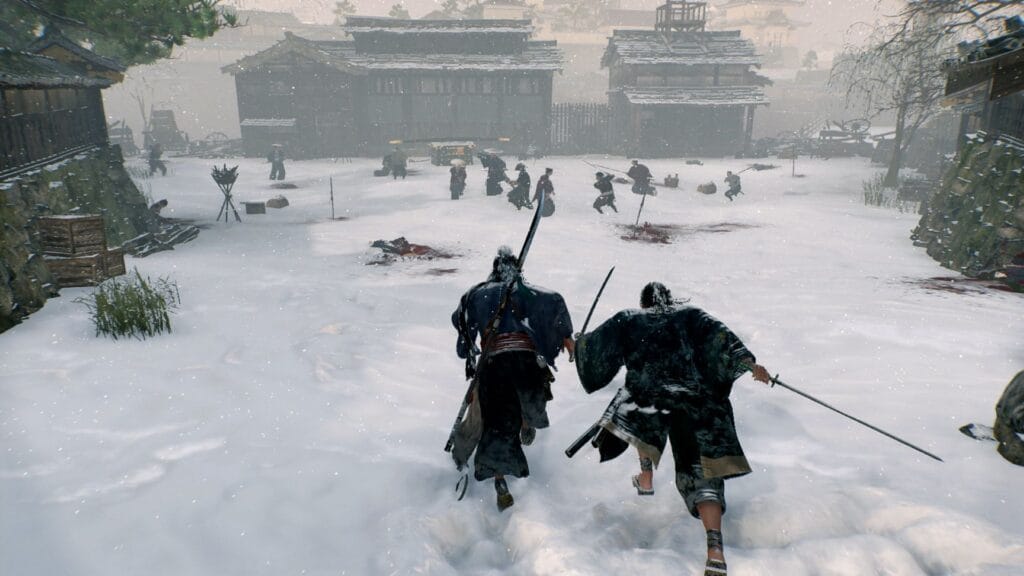

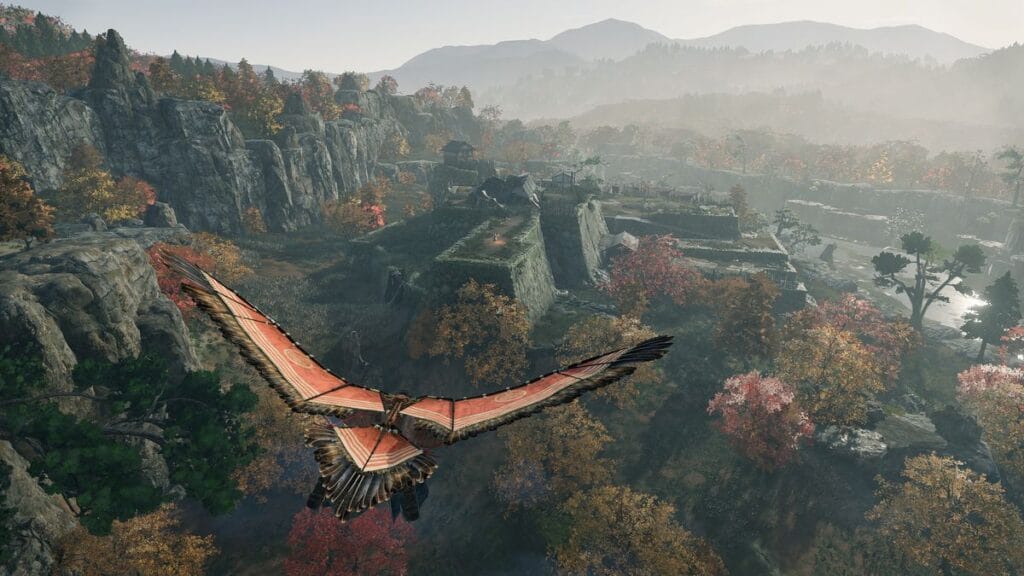
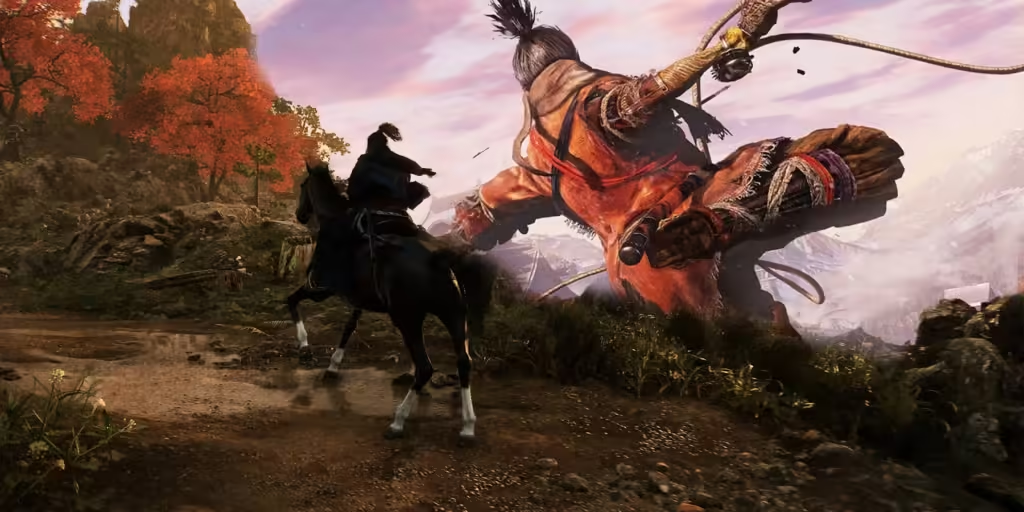

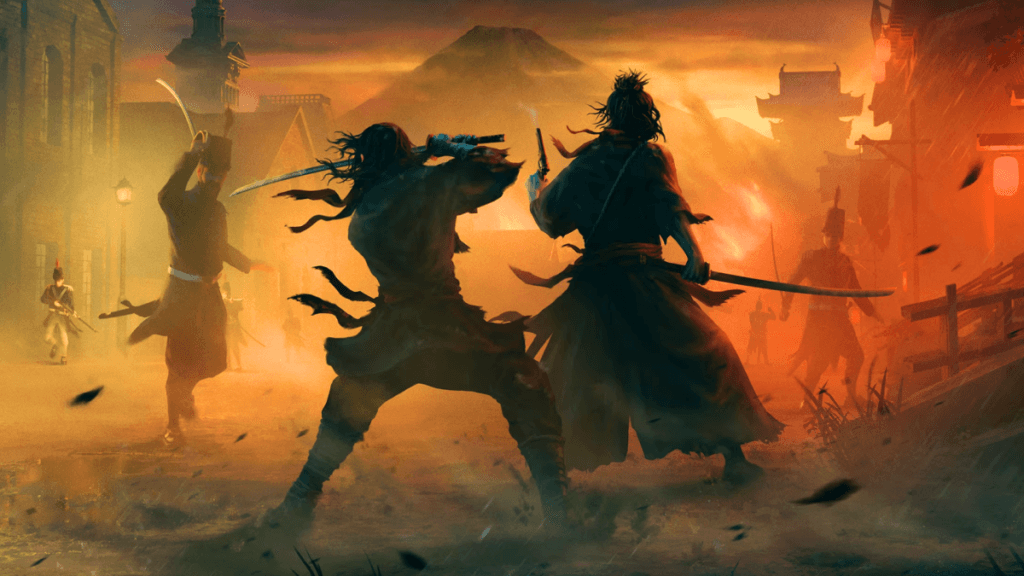
A Game Prowess
“Rise of the Ronin” represents a significant achievement in both narrative and technical design. The game’s intricate portrayal of the Bakumatsu period, combined with its innovative gameplay mechanics, offers a compelling and immersive experience. The depth of the protagonist’s journey, the rich historical context, and the sophisticated blending of traditional and modern elements create a unique and engaging narrative.
Technically, “Rise of the Ronin” leverages the full capabilities of the PS5 to deliver an impressive visual and auditory experience. The game’s use of advanced graphics, fast load times, adaptive triggers, haptic feedback, and 3D audio demonstrates the potential of next-gen gaming technology. As a result, “Rise of the Ronin” stands out as a remarkable example of how video games can blend historical authenticity with cutting-edge technology to create a deeply engaging and immersive experience.
